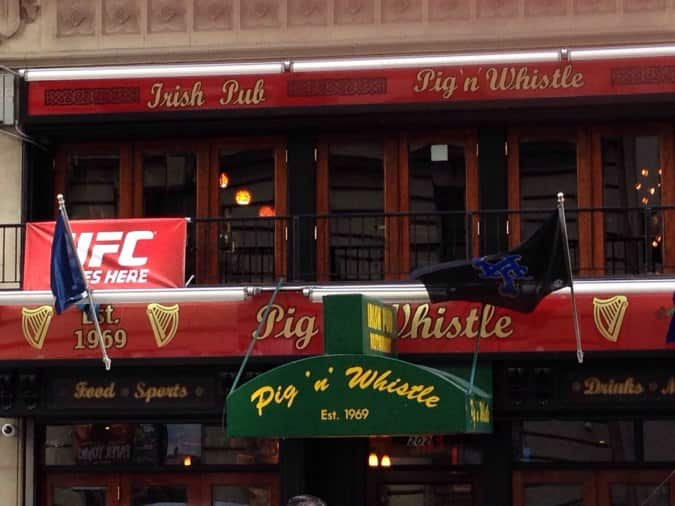
Getting lots of practice at switching between different notes - by flexing and altering the position of the tongue - is also essential. "By the end of the day I could barely even talk." "I once went on a road trip where I whistled for five hours every day," he says. Maintaining the proper pucker position can tire out the lip muscles, so he keeps them in good shape by whistling for long periods of time. Ultimately, he says, it's not all that different from proficiency with another musical instrument: It takes a lot of hard work. Ullman - who's performed with the National Symphony Orchestra, on the court at NBA games, and in the Oval Office - treats his whistling much like an opera singer treats her voice. I'd gone from a non-whistler to a whistler - though certainly not an expert like Ullman. Once you get it, the feeling of producing a good whistle is very distinctive, and it's easy to return to it and improve on it.īy doing consciously working on it, I eventually made the sound I could produce much clearer. Over the course of a few weeks, I practiced making that sound over and over, trying to replicate the exact mouth position and noting what I had to do to make it sound clearer. That might sound daunting, but I did it by initially making a quiet, halfway-whistling sound and noting how my lips, tongue, and breath felt when I did so. "You can't do that with whistling."Ĭonsequently, the only way to really get better at it is by figuring it out yourself. "If I were playing violin, someone could look at my fingers and say, 'Your vibrato is off for the following reason,'" Ullman says.
Opening an account in the site whistle phone how to#
The big challenge in learning how to whistle is that all the action is happening inside in your mouth. Step 4: Manage to make a semi-whistle and practice it over and over The key is blowing a relatively small amount of air - the amount that comes out when you exhale very slowly - but pushing it through a small opening between your lips. He compares it to playing a recorder: If you blow too hard, you'll get no sound at all. "It's not a power thing - it's a finesse thing." This might be the trickiest step, and getting a feel for the right amount of air to blow is often the thing for non-whistlers have trouble grasping. Step 3: Blow just the right amount of air

For now, though, just concentrate on holding your tongue in the right spot. The tip will stay on the bottom of your mouth, but by flexing the middle of your tongue slightly and bringing it upward, you'll be able to alter the shape of your mouth chamber, creating higher or lower whistling notes. Later on, once you're able to whistle, you can use your tongue to change the pitch of the note. You'll also want to curl the tip of it slightly upward. To do this, press the tip of your tongue just below the bottom of your lower teeth. "It helps take air that's coming out of your lungs and focus it so there's a constant pressure, and it's directed right at the hole in your lips." "The tongue is a channeling mechanism," says Ullman. Step 2: Put your tongue in the right place Practice in front of a mirror, without trying to whistle, just to get a sense of how to pucker your lips in the right position. Most are roughly O-shaped, while Ullman says his expert whistle is the result of an "inverted pentagon." For a rough idea of the right type of opening, say the word "two" and leave your lips in the position they're in at the end of the word. "Ultimately, you need a channel that the air is focused through. Ullman recommends trying to isolate and perfect each one individually, starting with the lips.įor the standard form of whistling (technically known as pucker whistling), you want pucker your lips slightly, making a small opening that you'll force air through to make the sound. There are three main variables you need to figure out to whistle: the shape of your lips, the amount of air you're blowing through them, and the position of your tongue. "But like anything else, it takes practice." Step 1: Make the right shape with your lips "If you put time into it, you might be able to overcome a lifelong inability to whistle," he says. With that in mind, I spoke with whistling champion Chris Ullman (yes, there are whistling competitions and champions) for tips.

And there are tons of people, like me, who've taught themselves to whistle, even at relatively advanced ages. They've never figured out how to whistle, and they assume it's simply beyond their capabilities.īut there's no real evidence of any factors, genetic or otherwise, that might prevent someone from learning. Lots of non-whistlers think of whistling ability as a genetic trait, like attached earlobes or blue eyes.


For a long time, I considered myself a person who was simply incapable of whistling.


 0 kommentar(er)
0 kommentar(er)
